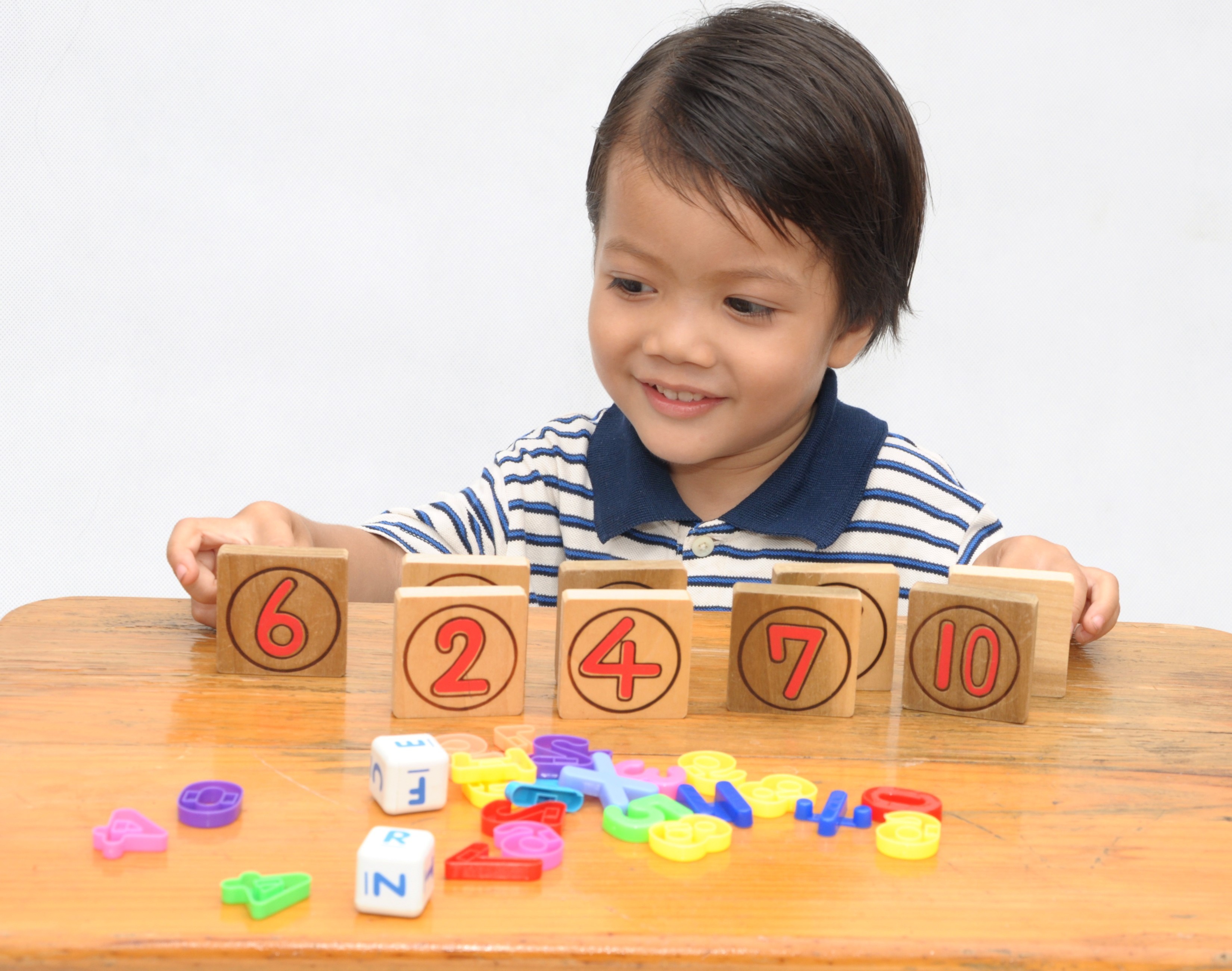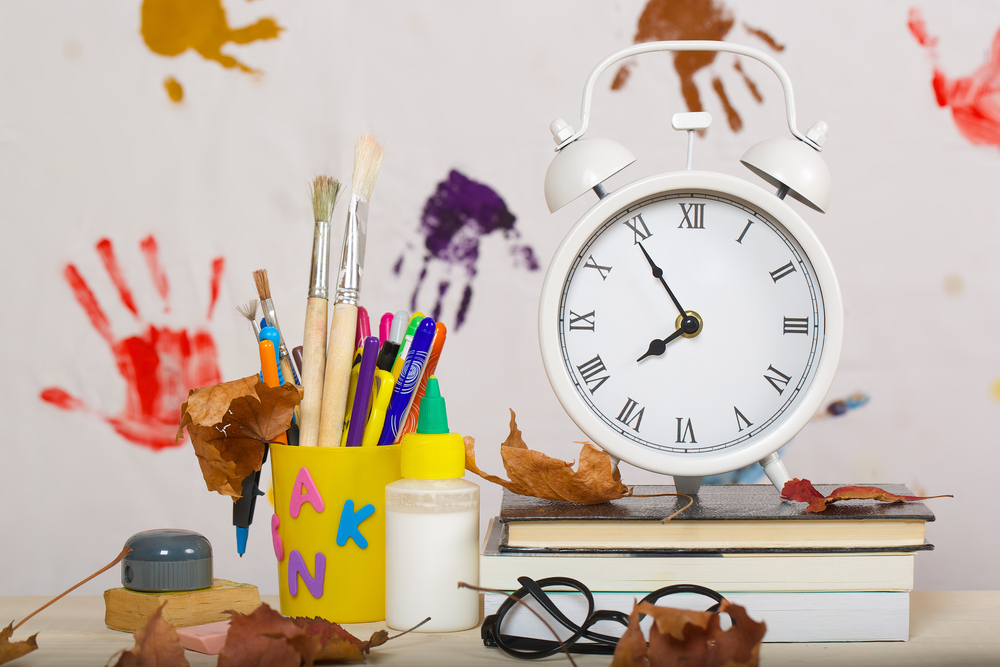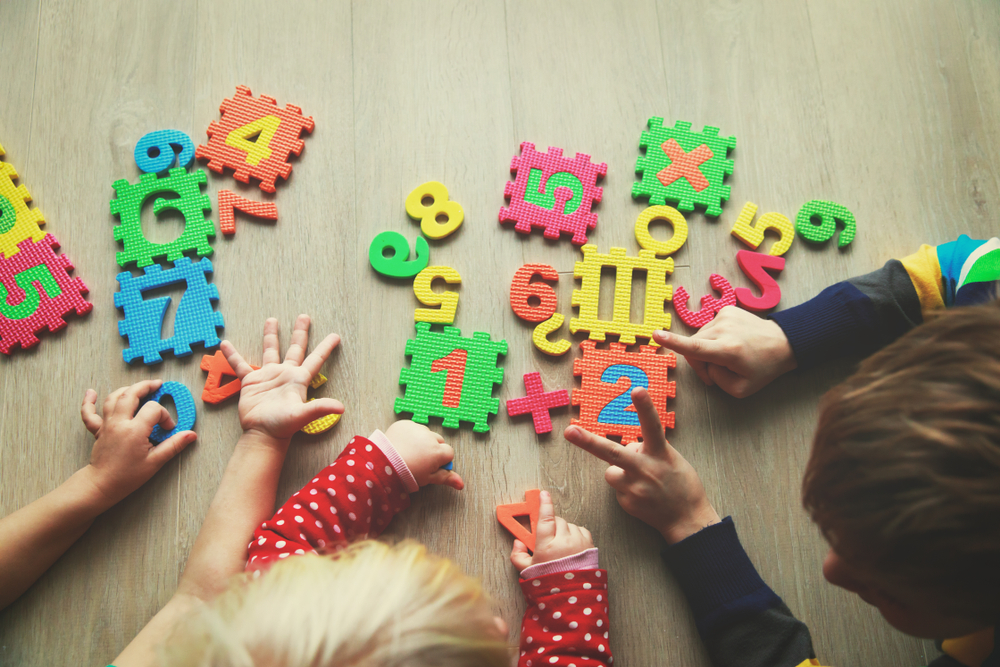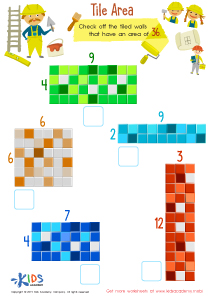Animal recognition Normal Numbers Worksheets for Ages 3-6
4 filtered results
-
From - To
Discover our engaging Animal Recognition Normal Numbers Worksheets, crafted specifically for ages 3-6. These printable resources combine the excitement of animal recognition with foundational number-learning activities. Perfect for preschoolers and kindergarteners, our worksheets help children practice counting, number tracing, and matching exercises, featuring adorable animal illustrations. Designed to enhance cognitive development and fine motor skills, these worksheets make learning numbers a delightful experience. Ideal for parents, teachers, and caregivers, our Animal Recognition Normal Numbers Worksheets offer a fun, educational way to introduce youngsters to the world of numbers and animals alike. Download now to inspire early learning adventures!
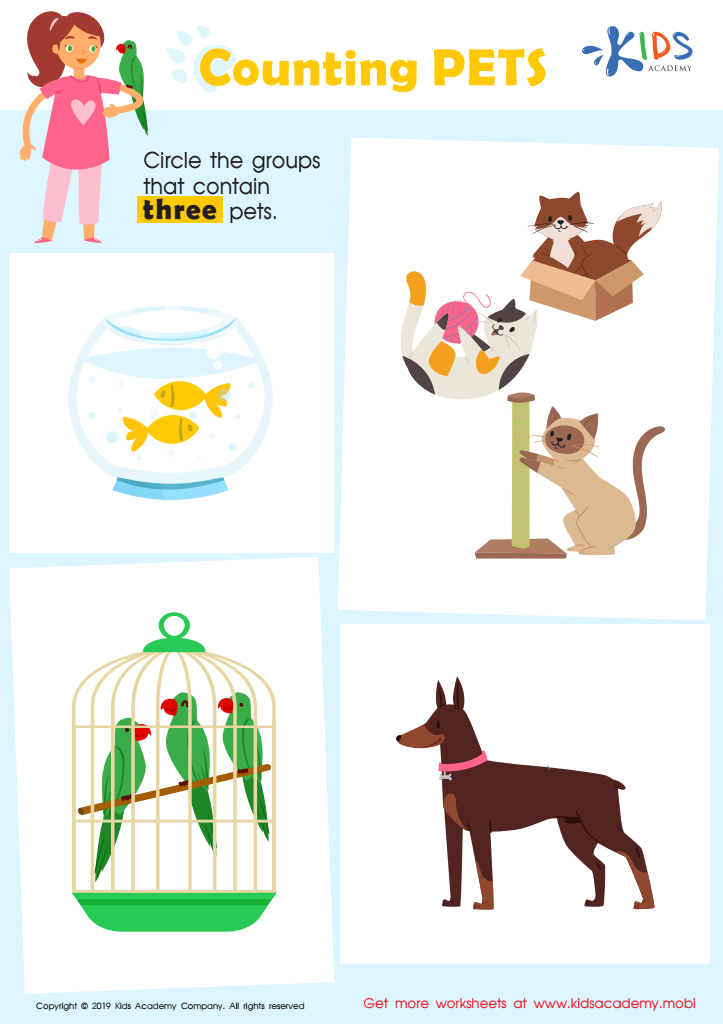

Counting Pets Worksheet


Count and Pair on the Farm Worksheet


Counting Sea Animals Worksheet
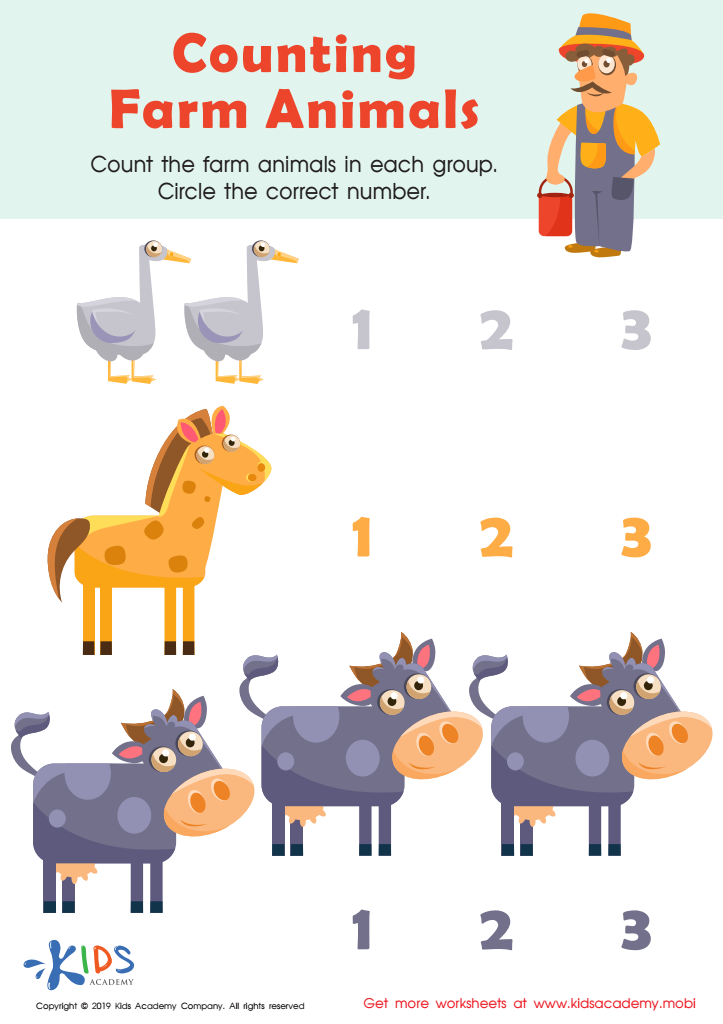

Counting Farm Animals Worksheet
Parents and teachers should prioritize animal recognition and normal number comprehension for children aged 3-6 because these skills form foundational elements in early childhood development. Recognizing animals not only enhances a child's vocabulary but also fosters cognitive development. Engaging with animal pictures or toys, children improve their ability to identify patterns and similarities, which is crucial for logical reasoning. Knowledge about animals also offers a gateway to environmental awareness and empathy towards living creatures.
Understanding normal numbers, on the other hand, is pivotal for early mathematical skills. From basic counting to recognizing number patterns, these abilities lay the groundwork for more complex mathematical concepts. Engaging children with numbers in everyday activities—whether counting fruit pieces or playing number-based games—stimulates their interest and builds familiarity in a natural, pressure-free manner. It fosters problem-solving skills and helps in understanding quantities and order.
Both skills aid in developing fine motor skills, memory, and language capabilities. Moreover, a strong early foundation in animal recognition and numeracy equips children with confidence and curiosity, promoting a lifelong love for learning. Thus, integrating these elements into early education is a crucial part of fostering well-rounded cognitive and socio-emotional growth.
 Assign to My Students
Assign to My Students



